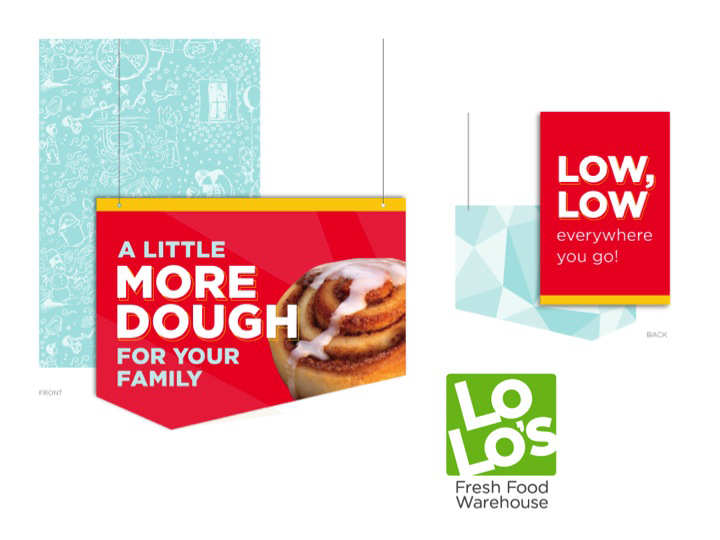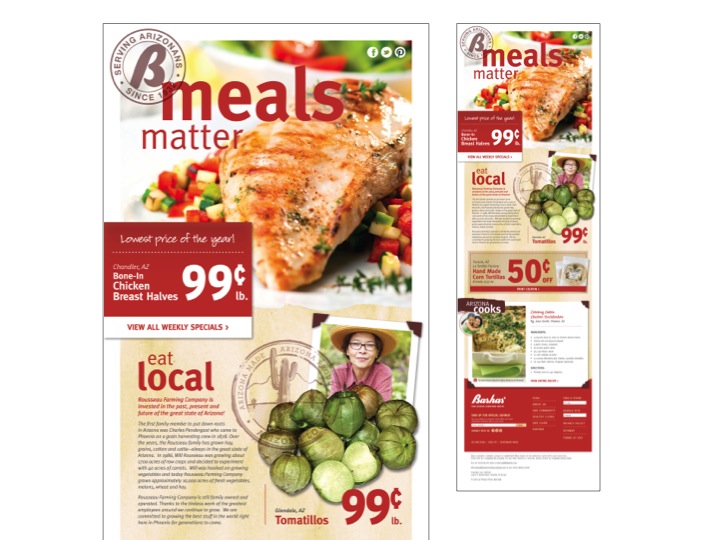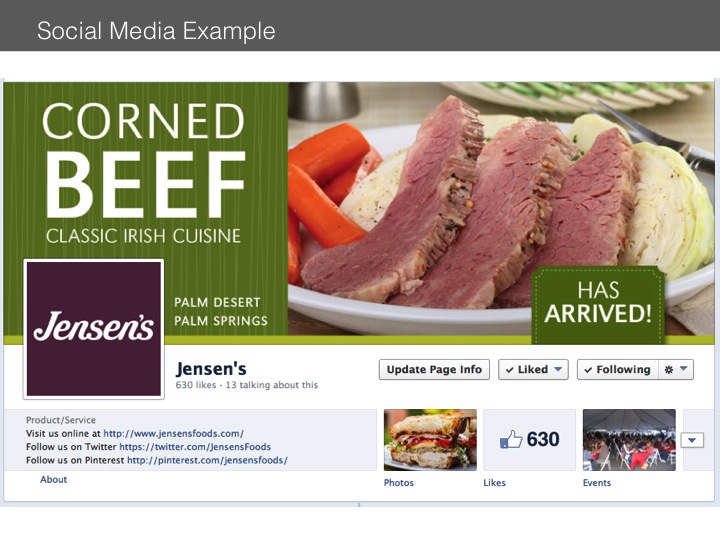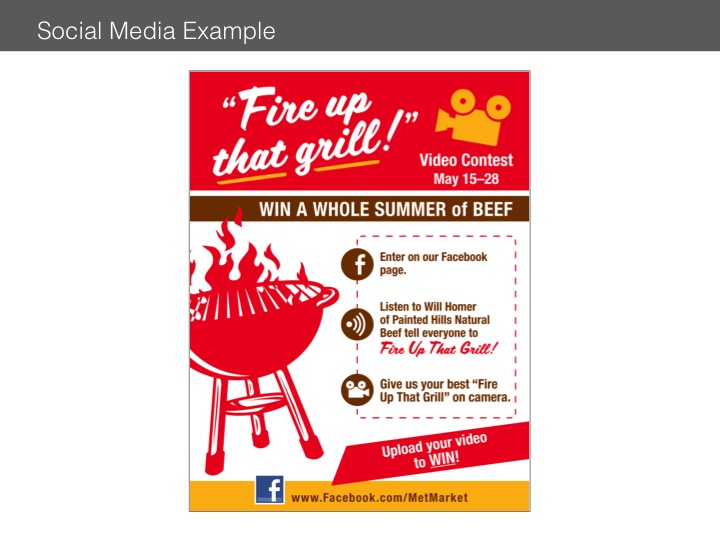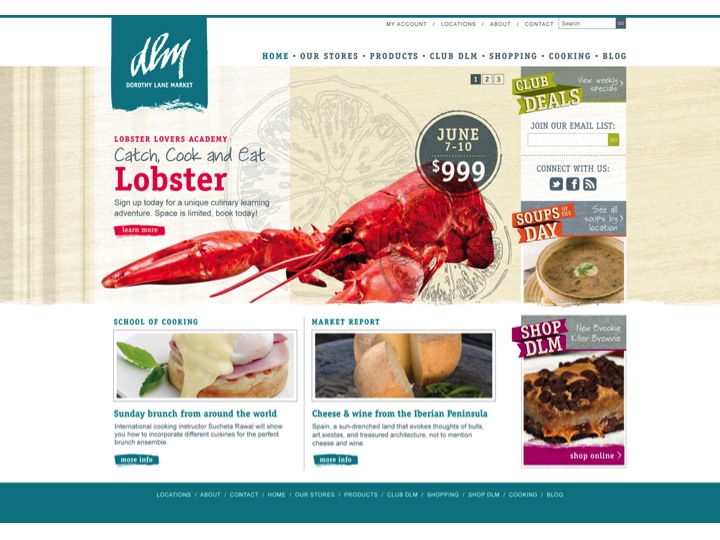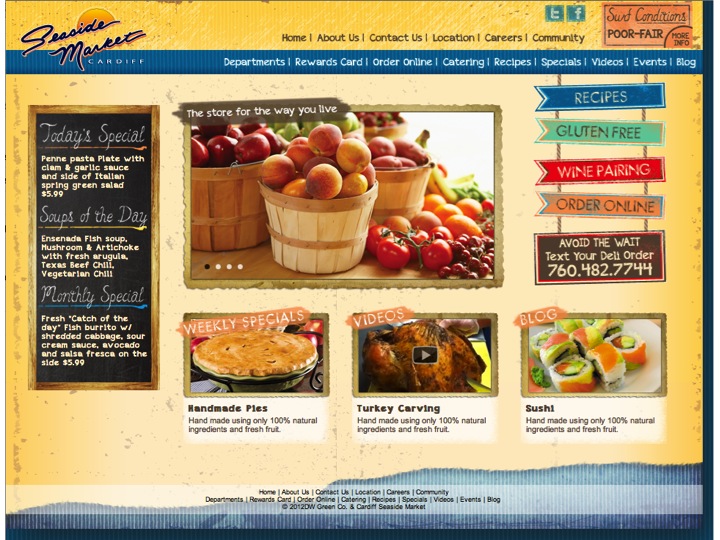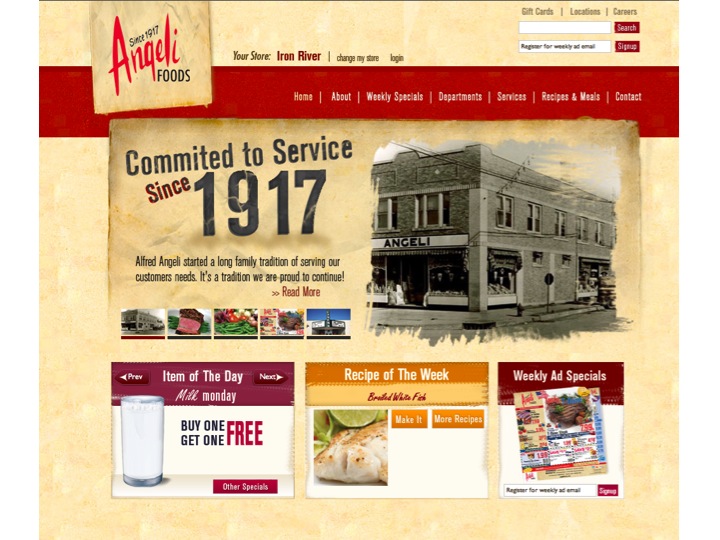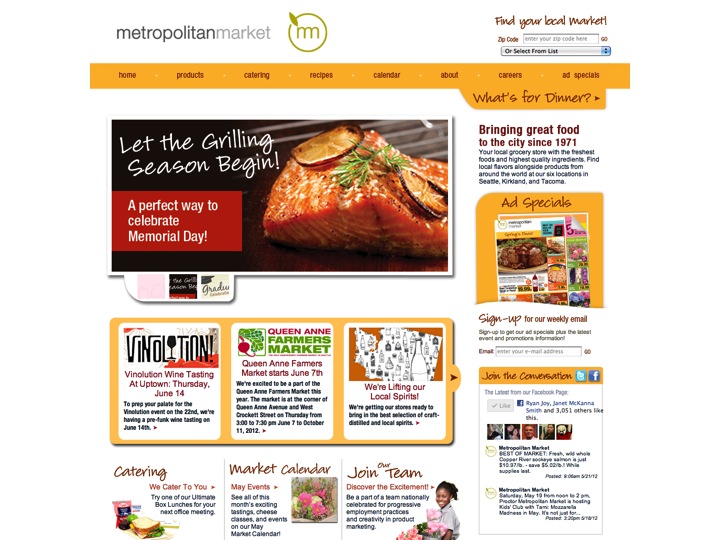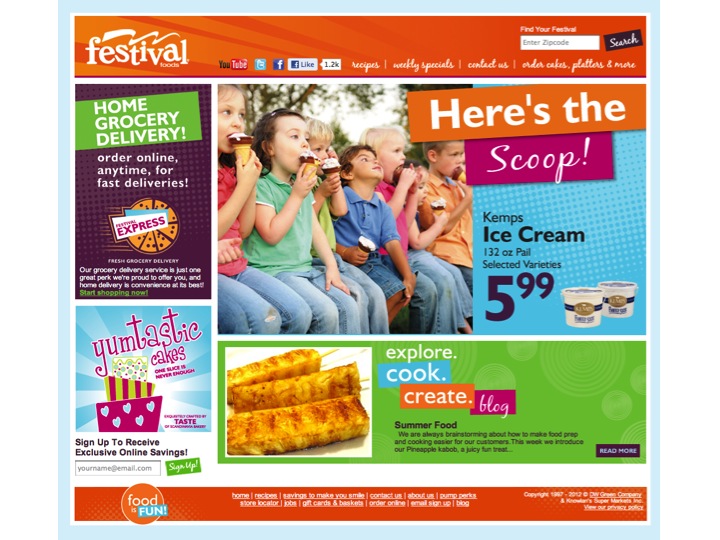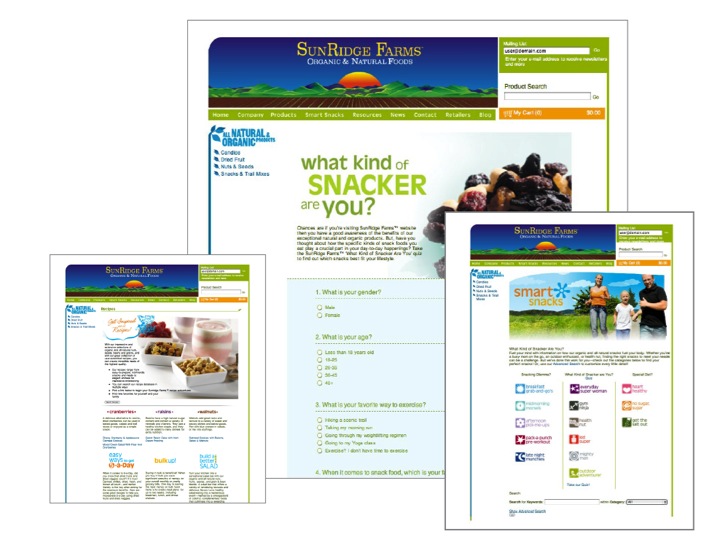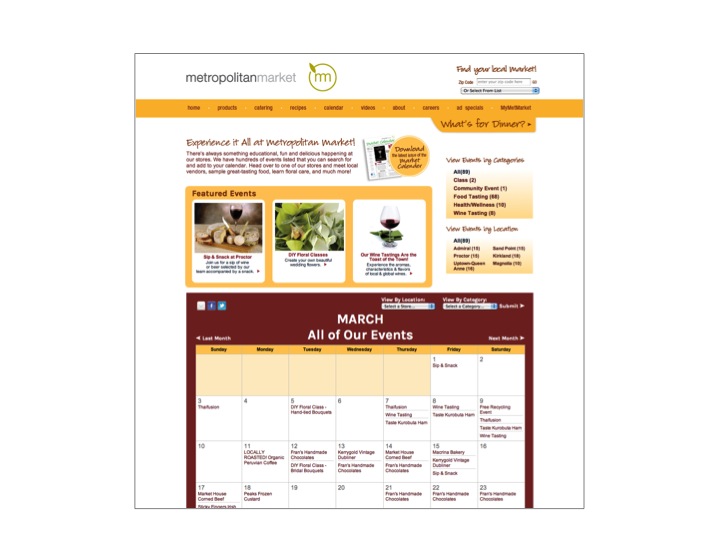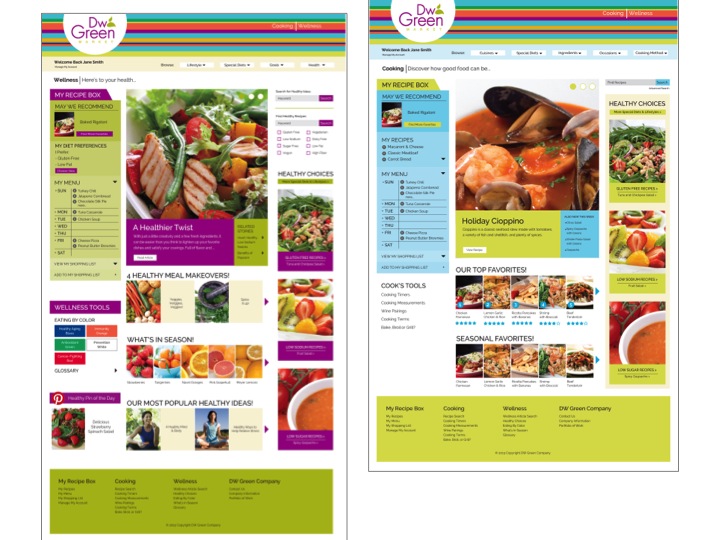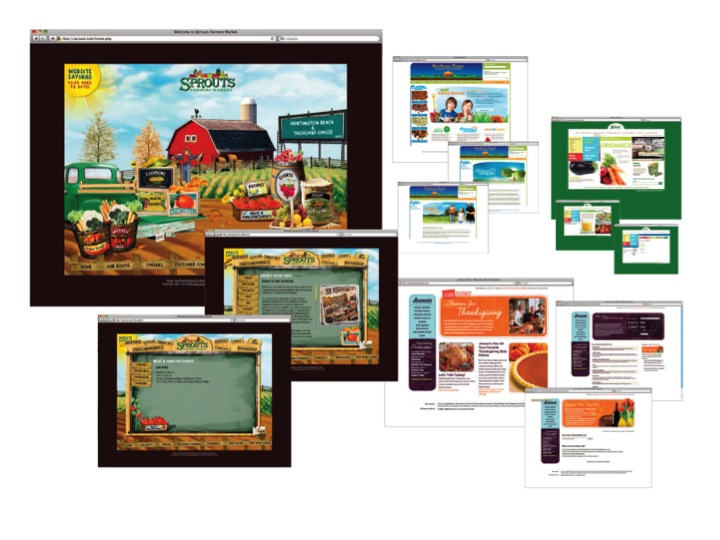Company Blog
Sharing Is Caring
by Adam Zack — January 21, 2016

Raise a Texas whiskey on the rocks to the independent spirit.
The Greatest Interview Question Ever
by Adam Zack — January 14, 2016

Do applicants think like an owner?
Resolutely Resolved
by Adam Zack — January 6, 2016
A New Year’s resolution is a tradition, most common in the Western Hemisphere but also found in the Eastern Hemisphere, in which a person makes a promise to do an act of self-improvement or something slightly nice, such as opening doors for people beginning from New Year’s Day. – Wikipedia
Resolutions should be meaningful and attainable.
The Gift That Gives Back All Year Long
by Adam Zack — December 16, 2015

A heartfelt act of gratitude is never a wrong act.
I Second That Emotion
by Adam Zack — December 9, 2015

What emotion do you feel when you see an ad?
A Little Thanks
by Adam Zack — November 25, 2015

Have one more little piece of pie
- The way my girlfriend Linda does so many chores in our household without complaining, ever.
- How DW always seems to know the right time to say something that makes others feel good, loved and appreciated.
- My brother Matt for being consistent and never taking the bait when I turn
...read more
Teach Me, Please
by Adam Zack — November 19, 2015

Oh Wise and Learned One
You’ve Got To Empower
by Adam Zack — November 12, 2015

Find innovative ways to say thank you
- Give them direct contact to management and owners: The grocery business has traditionally been a top-down management structure. The old “You’ll know what you know when I want you to know it” style needs to be turned upside down. They need to be comfortable to contact you with their honest feedback without fear that they will get in any kind of trouble. Suggestion boxes, email addresses, idea exchange groups and employee involvement committees are simple and effective.
- Do an annual employee survey: Really think
...read more
This Is Me Leaving You
by Adam Zack — November 4, 2015

Indifference Will Make A Difference
5 Reasons Customers Leave
- 1% pass away
...read more
When Business Gives You Lemons…
by Adam Zack — October 28, 2015

My mom has a lemon tree.












